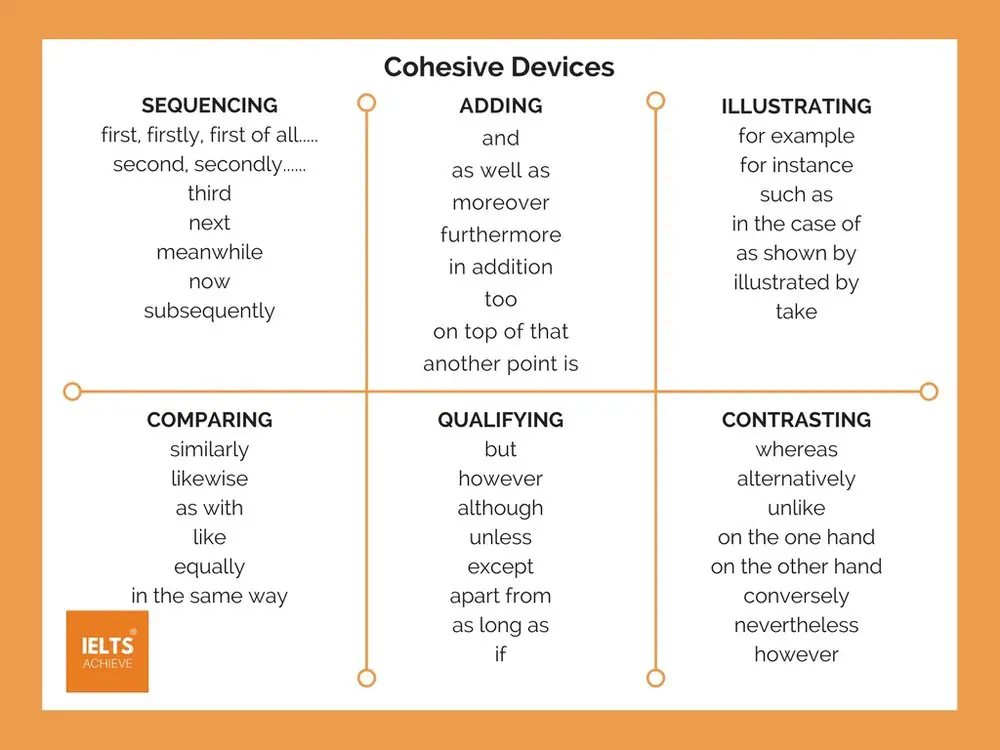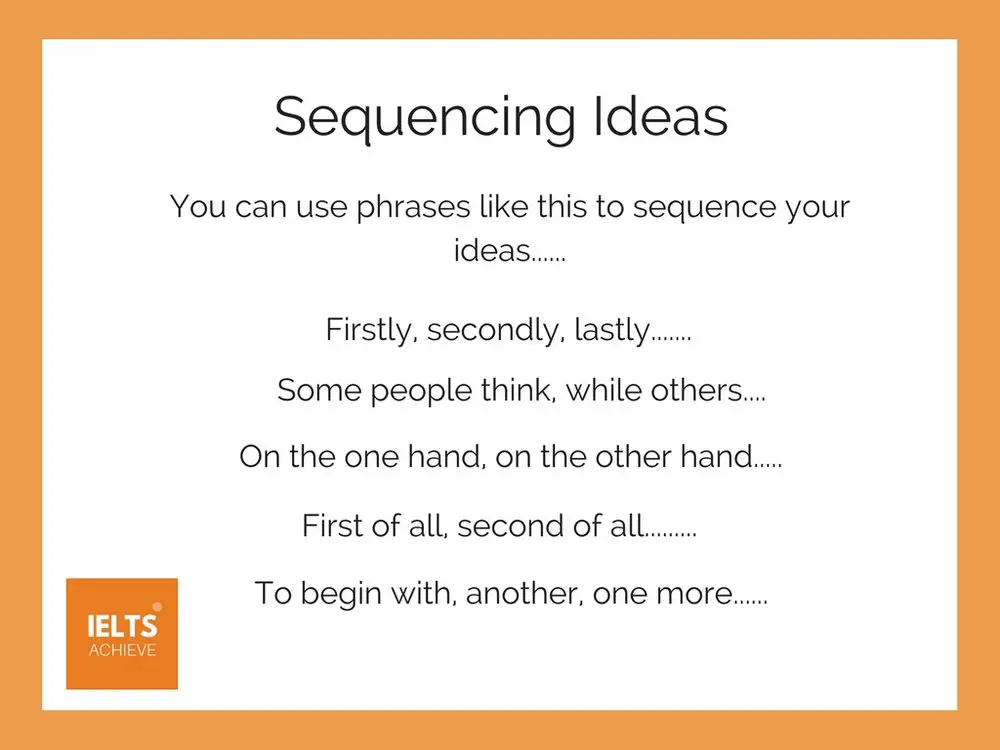
In this post, we will be looking in-depth at fluency and coherence.
While you are preparing for your IELTS Speaking Test it is important that you understand the marking criteria. Fluency and coherence count for 25% of your speaking score, therefore it is vital that you understand what the examiner wants.
- Fluent >> Able to express oneself easily and articulately / smoothly graceful and effortless.
- Coherent >> Logical and consistent.
When you are speaking, you want to show the examiner that you can talk about topics easily, without long pauses and repetition. You also want to show them that you can organise your ideas in a logical way.
Fluent Speech
When you are fluently able to speak you can talk at a normal pace, pause occasionally for emphasis and self-correct.
Some students find themselves speaking too fast or repeating words and phrases, which is something you should avoid doing.
You should aim to practice speaking in English as often as possible and for those of you already living in the UK (or another English speaking country) take the opportunity to talk to friends or colleagues. You can ask them to ask you questions to help you practice and they can also give you some feedback!
Some questions they could ask you >>
- What did you do last night? / or at the weekend?
- Did you see the latest episode of …. (insert TV show name) what did you think of it?
- When was the last time you went to the cinema?
- Are you going on holiday this year? Where are you going?
- Have you read any good books recently?
- Did you see/read about… (insert news story) what did you think about that?
You should answer with full sentences and avoid repeating the question back to them.
Speaking Coherently
When you are answering questions you should organise the information logically, starting at the beginning, describing /explaining and concluding.
For example, read the text below >>
I read a good book the other day about this woman who gets on the same train every day. It starts with this woman getting fired from her job, then getting the train home. Actually, it starts with her on the train then explaining that she got fired. There are blanks in her memory. She likes to look at a house when the train passes and the woman that lives there. She can’t remember things. She drinks a lot. My friend told me to read this book. The book was fast paced and interesting. I enjoyed it. I read it on the plane last month when I went on holiday.
Here it is again but organised in a more logical way >>
I read a really good book when I went on holiday last month after my friend had recommended it to me. It was a thriller, with a woman who had an abusive relationship and a drinking problem, that had been fired from her job. She rides the tube every day pretending to go to work and she is intrigued by a house she sees. She envies the woman who lives there and the story develops from there. Then, she gets involved with the woman’s story putting together the gaps in her own memory and begins to see how her own life is connected. This book was fast paced and interesting!
Do you think the second paragraph is more logical?
Can you see the difference?
The events in the book/movie etc should be explained in logical order.
Using Cohesive Devices
Your ideas should be in logical order but also connected by cohesive devices.
For example, if you were telling a story about your educational background it could look like this >>
I started school at 5 years old. I went to secondary school when I was 12. I left that school at 18. I went to university for three years. I graduated with honours. I had training. I work in my chosen field.
Introducing cohesive devices will make it sound more natural and explain the order of events in a logical sounding way >>
Firstly, I started school at 5 years old, then I went to secondary school when I was 12. However, I left that school at 18. After that, I went to university for three years, where I graduated with honours. In addition to that, I had further training. Now, I finally work in my chosen field.
Take a look at the cohesive devices below, the words and phrases here will help you to organise your ideas >>

Sequencing
You can also use sequencing to express your ideas in a logical way, take a look at the words and phrases below >>

Practice
Practice answering these questions below using cohesive devices and sequencing >>
- What do you think are the main reasons that students in recent years like to take a gap year?
- What are the advantages and disadvantages of young people using social media?
- Do you agree or disagree with the idea that technology is developing faster than the public think?
- Is it a good idea to try out new restaurants recommended by friends?
- What did you do last weekend
Can you use any of the following words or phrases in your answers?
- Firstly / secondly……
- Then
- After that
- Overall
- However
- In addition
- Therefore
- For example
- For instance
- On the one hand
- On the other hand
- Finally
- Now
We hope you found this post useful in helping you to study for the IELTS Test. If you have any questions please let us know in the comments below or on the Facebook page.
The best way to keep up to date with posts like this is to like us on Facebook, then follow us on Instagram and Pinterest.
If you need help preparing for the IELTS Test, join the IELTS Achieve Academy and see how we can assist you to achieve your desired band score. We offer an essay correction service, mock exams and online courses.